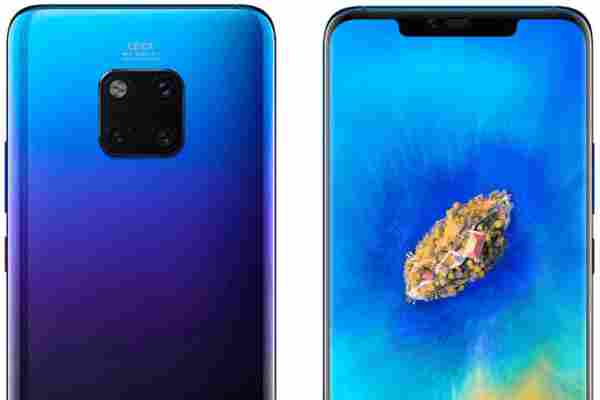The Mate 20 Pro has Leica-branded triple rear-facing cameras just like the P20 Pro but uses a comparatively large 1/1.7-inch image sensor. Huawei has ditched the P20 Pro’s monochrome sensor in favour of a wide-angle lens as the latter is no longer needed for taking high-quality photos. The 40 MP main camera, with its f/1.8 aperture, is technically the brightest of the trio. The 8 MP telephoto sensor makes another welcome appearance too with 80 mm wide lens, OIS and an f/2.4 aperture. The big camera change from the P20 Pro is the 20 MP ultra-wide-angle sensor that has an f/2.2 aperture and a 16 mm focal length. This is enhanced by a 5x hybrid zoom (135 mm) and up to 10x digital zoom (270 mm). Huawei includes its AI optimization that we saw on the P20 Pro too.

Moreover, photos taken with the Mate 20 Pro have brighter colours, higher dynamics and are captured in much greater detail than on the Mate 10 Pro. The rear-facing cameras are particularly impressive when taking panoramic shots at night, a scenario in which the Mate 20 Pro is now the standard for other smartphones to beat. The differences are not as great when taking photos of objects though. The Mate 20 Pro is on par with the P20 Pro in this respect, partially because the device compensates for the lack of a monochrome sensor with better-optimised software algorithms, which Huawei calls “Super HDR”.
“Super HDR” combines multiple shots into one large image that should result in better dynamics and more accurate lighting. These processes are akin to what Apple and Google use in their latest flagship devices. The Mate 20 Pro has a larger main camera sensor than its competitors, so we took some example photos in the device’s 10 MP mode with Master AI also activated for a truer comparison with the iPhone XS. Our test device takes well-lit photos in low-light, but the same shot is captured in greater detail by the iPhone XS. The 10 MP mode does take richly detailed photos though and especially impresses in daytime shots.
The Mate 20 Pro has the same video-recording capabilities as the P20 Pro and can record videos in up to Ultra HD at 30 FPS. However, shooting videos in 60 FPS is only possible in up to Full HD. Moreover, 60-FPS videos lack Huawei’s AI image stabilization, which only works at up to 30 FPS. The stabilization works well when used though. The microphones work well too and recorded clean stereo audio throughout testing.

